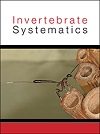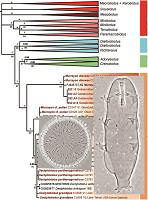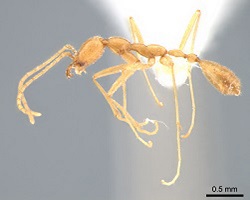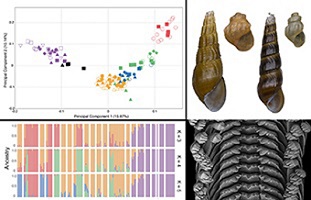IS22028Revisiting the morphological aspects of the Anomalodesmata (Mollusca: Bivalvia): a phylogenetic approach
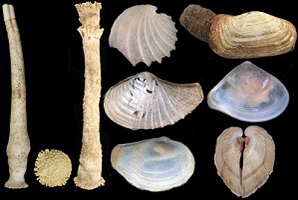
Anomalodesmata bivalves are extremely rare, occupying restricted ecological niches and generally found in deep waters. In addition to scarce anatomical knowledge and molecular sequences, little is known about the internal relationships. This paper includes morphological data from the Clistoconchidae (non-carnivorous lineage) and the carnivorous families Bentholyonsiidae, Spheniopsidae, Cetoconchidae and Protocuspidariidae in a cladistic context for the first time. Our study represents the largest morphological dataset compiled to date for anomalodesmatan bivalves, including taxa from all 22 extant families and provides a new topology that is in general agreement with the best estimates produced by molecular data alone.


